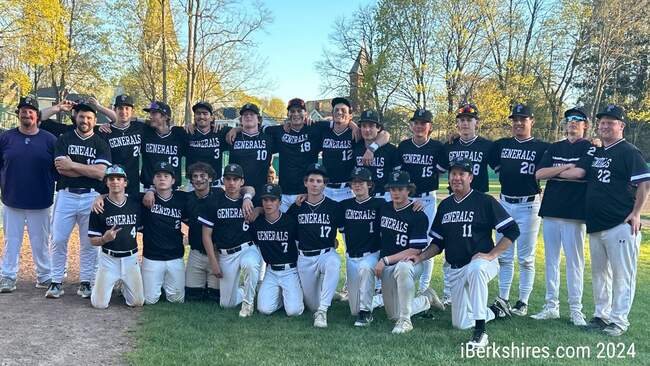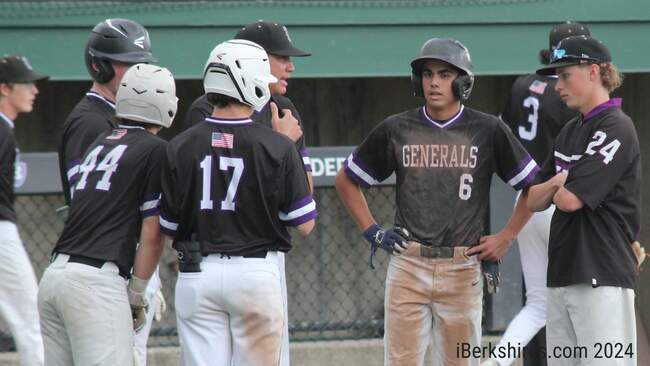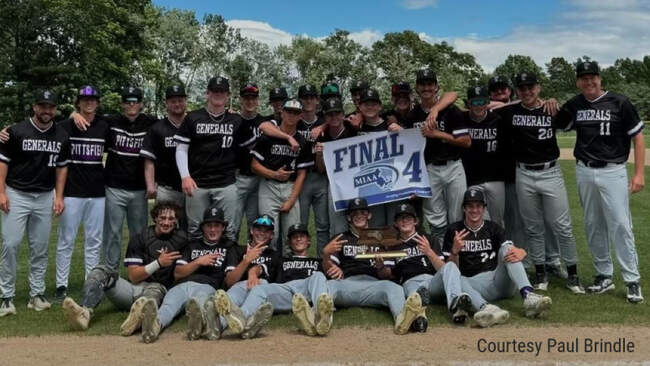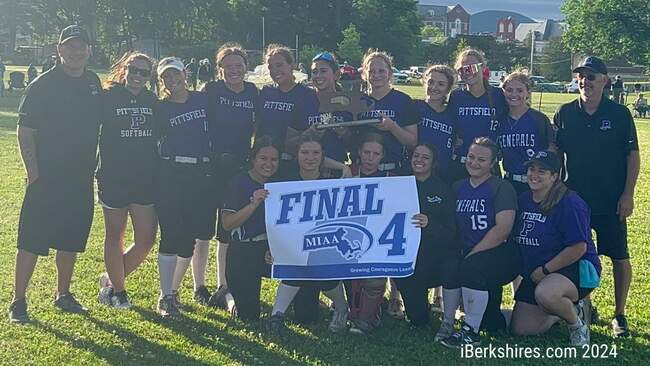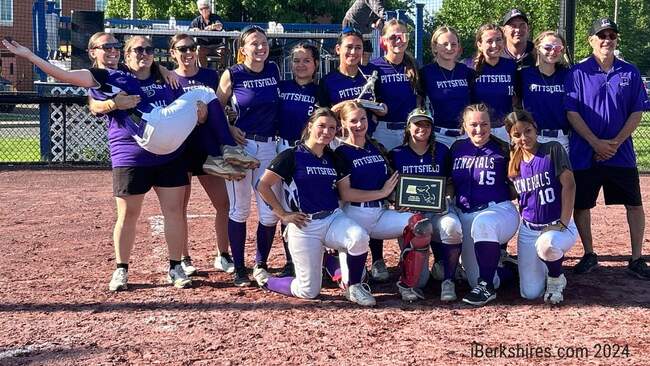
Medical Matters Weekly Hosts Addiction Researcher Sept. 28
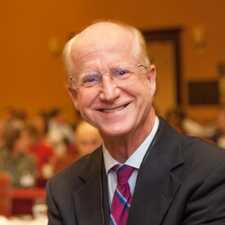 |
BENNINGTON, Vt. The next guest on Medical Matters Weekly is Stephen T. Higgins, PhD, a national leader in addiction research and the director of the Vermont Center on Behavior & Health (VCBH) at the University of Vermont (UVM). The show airs on Facebook Live at 12 p.m. on Wednesday, Sept. 28.
Higgins is principle investigator on multiple National Institutes of Health grants on the general topic of behavior and health, including a National Institute of General Medical Sciences’ Center for Biomedical Research Excellence (COBRE) award, a National Institute of Drug Abuse (NIDA)/Food and Drug Administration’s Tobacco Centers of Regulatory Science (TCORS) award, and a NIDA institutional training award. He is the Virginia H. Donaldson Endowed Professor of Translational Science in the departments of psychiatry and psychological science at UVM and serves as vice chair of psychiatry.
Higgins’ research centers around behavioral economics and behavioral pharmacology to investigate tobacco, substance use, and other health-related risk behaviors in vulnerable populations. His projects focus on examining mechanisms underpinning vulnerability to tobacco and other risk behaviors, treatment interventions to reduce them and improve health outcomes, and regulatory science. He is the author of more than 425 journal articles and invited book chapters and editor of a dozen volumes and therapist manuals in behavior and health.
VCBH is an interdisciplinary research center committed to investigating relationships between personal behavior patterns (i.e., lifestyle) and risk for chronic disease and premature death. Their work has historically focused on health disparities for the most vulnerable populations, particularly among the socioeconomically disadvantaged where these risk factors are overrepresented.
Medical Matters Weekly features personalities who drive positive change within health care and related professions. The show addresses all aspects of creating and maintaining a healthy lifestyle for all, including food and nutrition, housing, diversity and inclusion, groundbreaking medical care, exercise, mental health, the environment, research, and government.
The show is produced by Southwestern Vermont Health Care (SVHC) with cooperation from Catamount Access Television (CAT-TV). Viewers can view on facebook.com/svmedicalcenter and facebook.com/CATTVBennington. The show is also available to view or download as a podcast on svhealthcare.org/
The show is broadcast on Facebook Live, YouTube, and all podcast platforms. After the program, the video is available on area public access television stations CAT-TV (Comcast channel 1075) and GNAT-TV's (Comcast channel 1074), as well as on public access stations throughout the United States.

Tags: SVMC,

